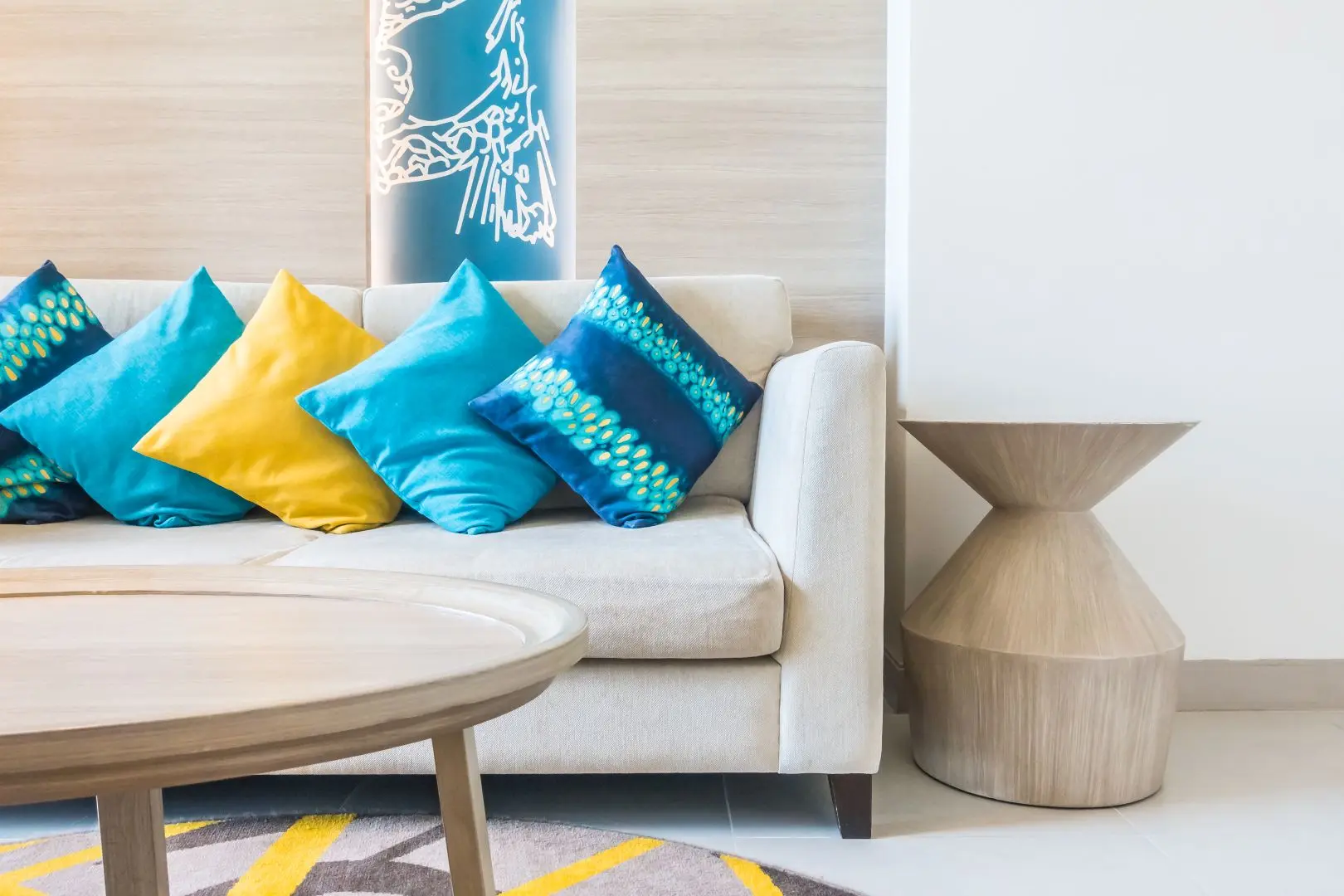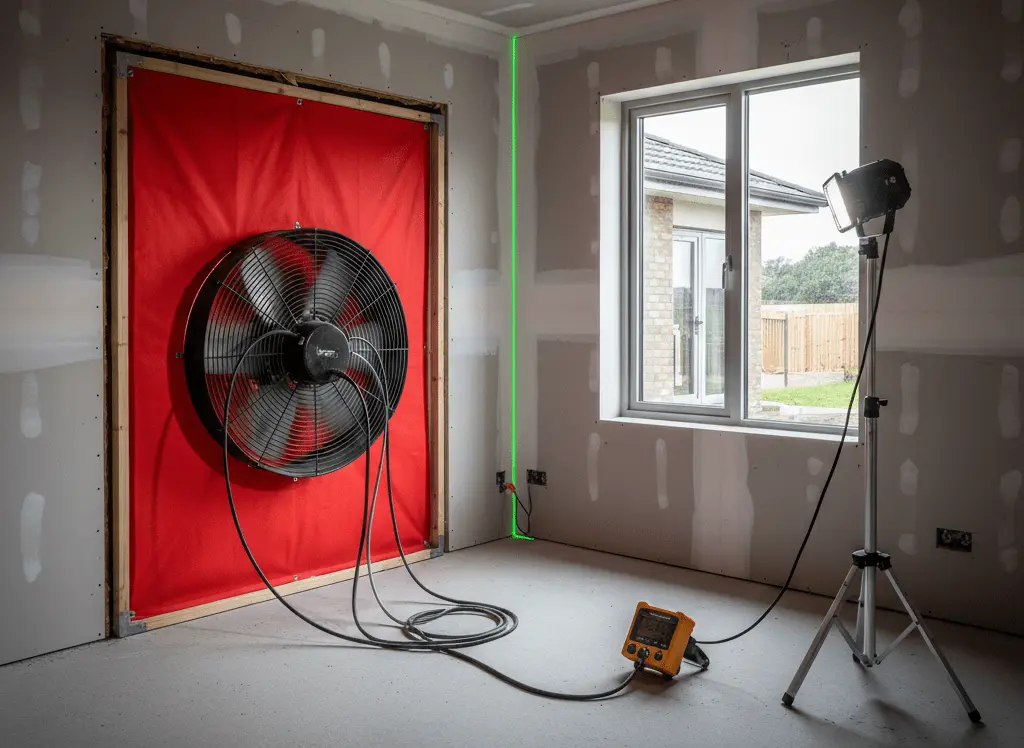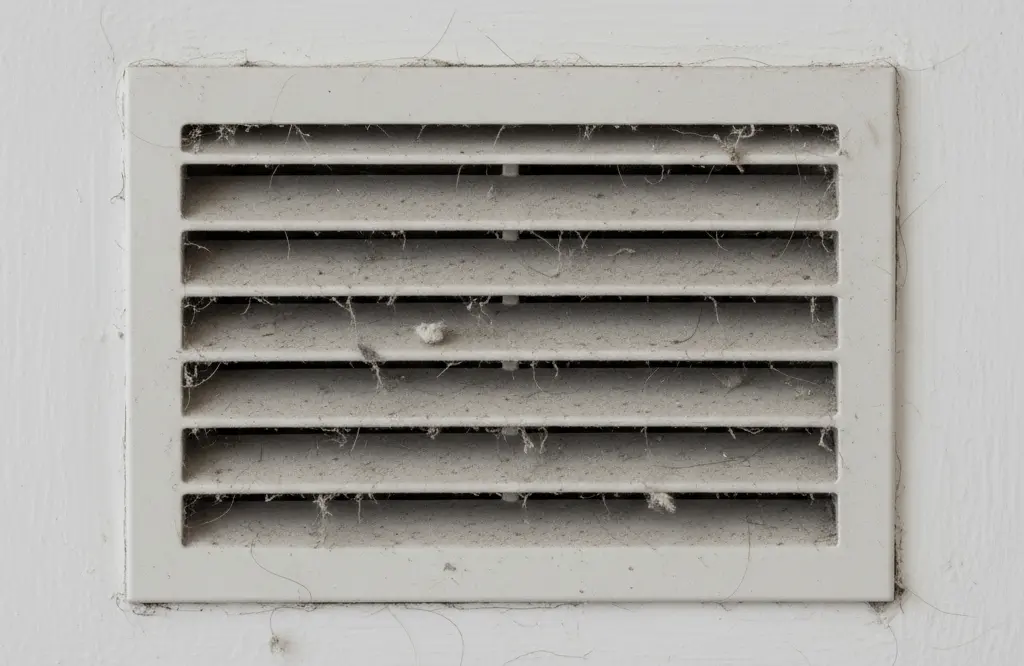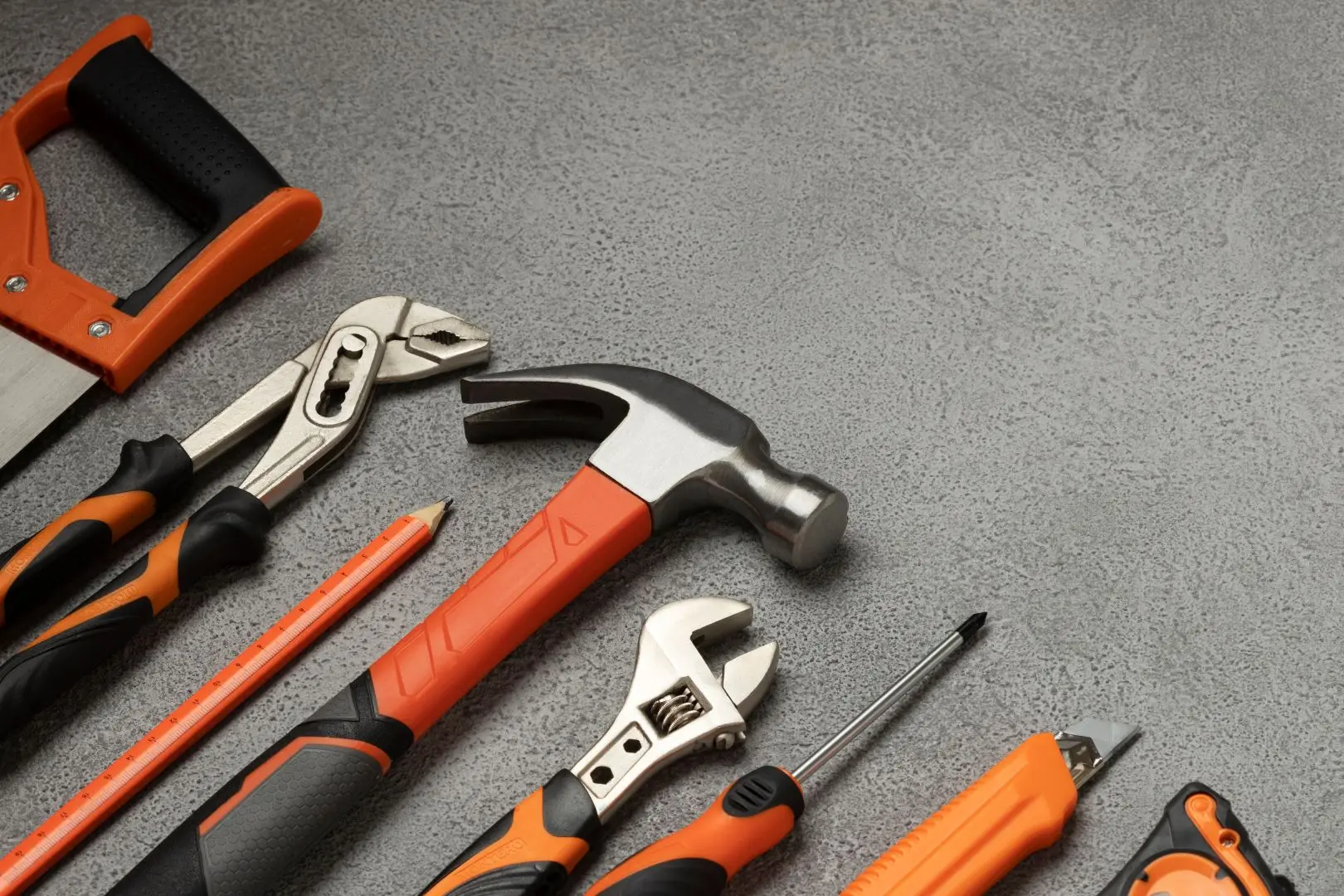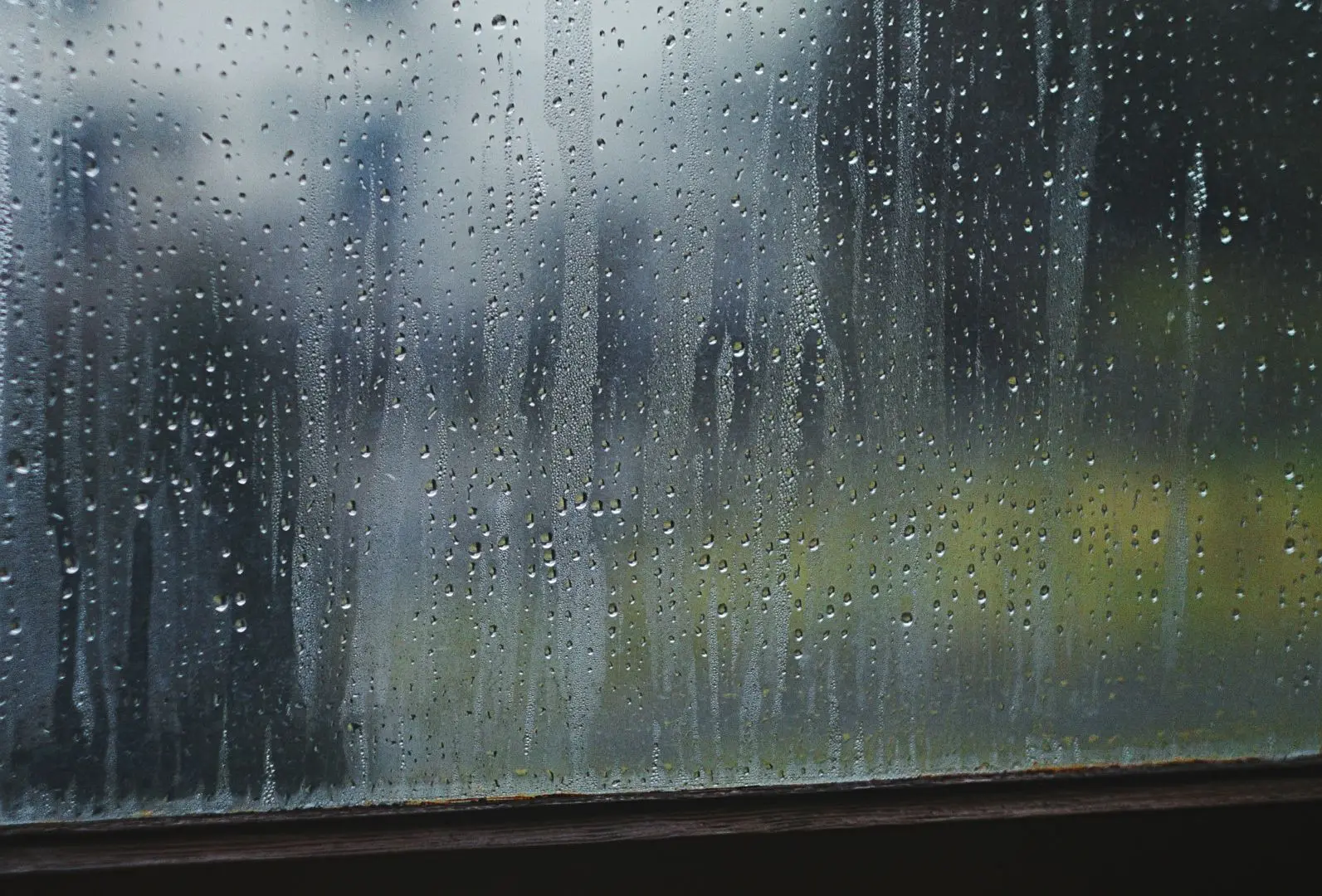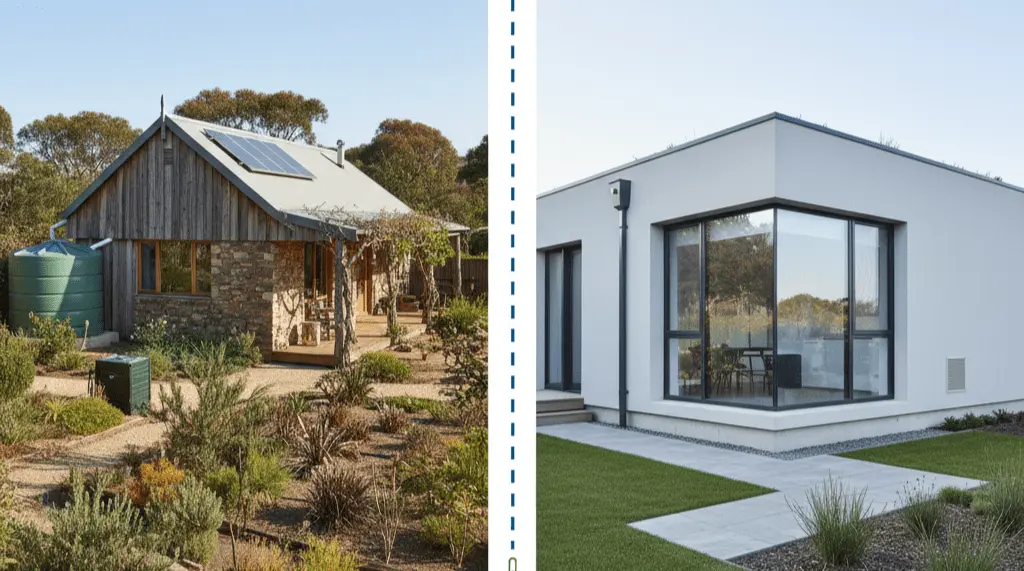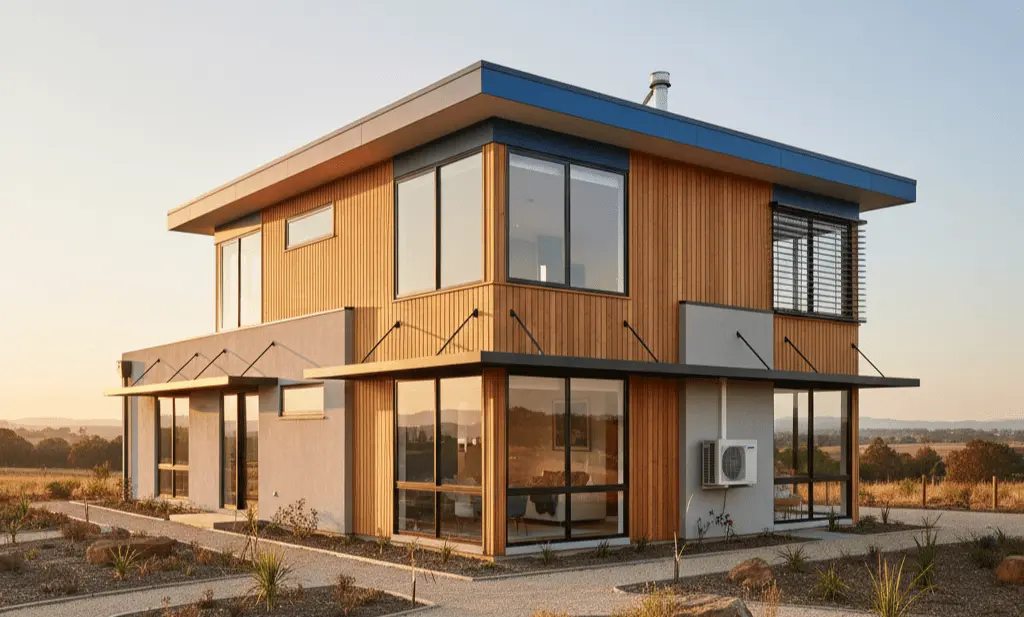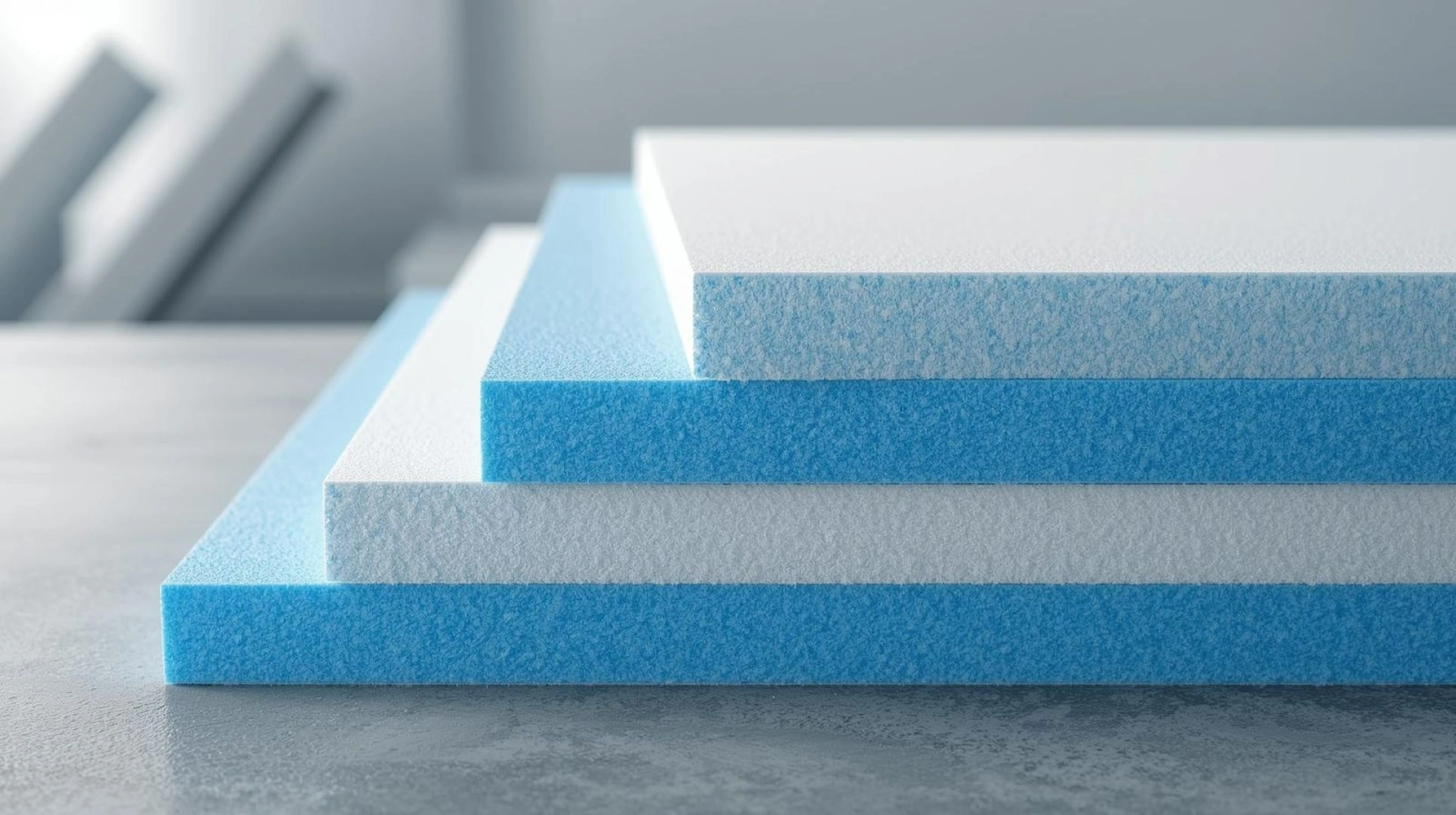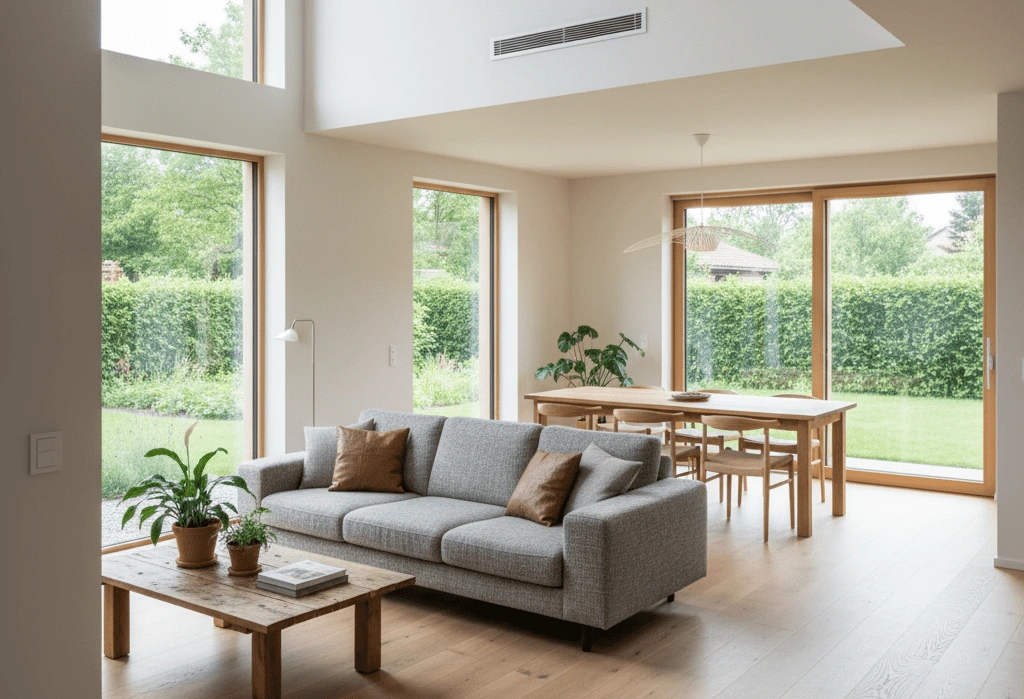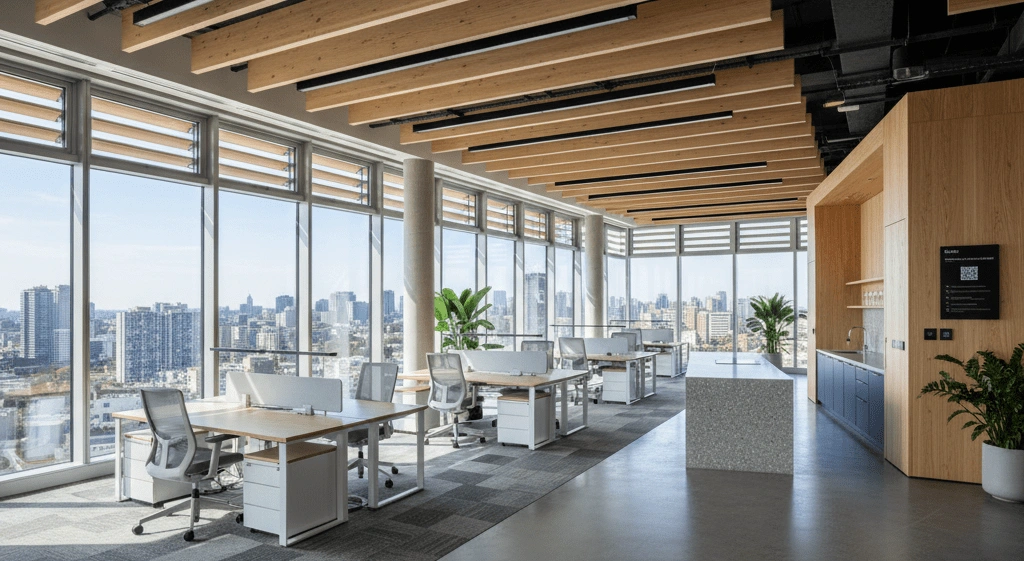What is a passive house and why is it important?

Many Australian homes are not built for comfort. They tend to be too cold in winter, too hot in summer, and overly reliant on heating and cooling systems. That means high energy bills and a bigger environmental footprint.
In response, both federal and state governments have introduced regulations that require new homes to meet higher energy-efficiency standards, and this trend is set to continue.
But there’s one type of home that already far exceeds these minimum standards: the passive house.
A passive house (also known as Passivhaus) is a home that’s been built according to rigorous international energy-efficiency standards developed by the Passive House Institute in Germany. These homes are designed to maintain a comfortable indoor temperature year-round, with little or no need for heating or cooling.
The goal is to achieve a consistent indoor temperature of between 20-25 degrees Celsius for approximately 90% of the year, resulting in a home that’s not only more comfortable but also cheaper to run over the long term.
The core principles of passive house design
Superior insulation
Airtightness
High-performance windows and doors
Thermal bridge-free construction
Ventilation with heat recovery
Passive house principles extend beyond homes
While the term “passive house” is often associated with residential buildings, these core principles of passive building design apply equally well to commercial and other types of properties. The focus on airtight construction, superior insulation, thermal bridge-free detailing, and controlled ventilation can be adapted to offices, schools, community centres, hospitality venues, and multi-residential developments.
Applying passive house design to commercial buildings offers similar benefits to those seen in homes, including significant reductions in energy use, lower operating costs, and improved comfort for occupants.
In larger buildings, these principles can also improve indoor air quality and acoustic comfort, creating healthier and more productive environments for workers, students, or visitors.
The environmental benefits of passive houses
One of the biggest reasons passive houses are gaining attention is their potential to dramatically reduce carbon emissions. Traditional homes consume large amounts of energy for heating and cooling, most of which still comes from fossil fuels. This contributes directly to climate change.
By contrast, a passive design house requires minimal energy to maintain comfortable temperatures year-round. This means far fewer greenhouse gas emissions and a smaller carbon footprint.
Why don’t we see more passive houses in Australia?
If passive houses are so energy efficient and cost-saving, why are they not all over Australia already? As of the time of writing, fewer than 200 certified passive house designs have been built in Australia. That’s a tiny number compared to the volume of homes constructed nationwide each year.
There are two main reasons for this:
1. Lack of awareness. Many Australian consumers and builders have never heard of a passive house.
2. Cost. The higher initial build cost can deter buyers, especially if they’re not aware of the long-term benefits.
However, this is starting to change. As the government continues to raise minimum energy-efficiency standards for new builds, the gap between a standard home and a passive building design is narrowing. This shift means passive houses are becoming a more practical and appealing option for forward-thinking homeowners and developers.
How passive house certification ensures quality and performance
Not every energy-efficient home is a true passive house. The Passive House Institute sets strict criteria for what qualifies as a passive house, including airtightness, insulation, and heating demand. Homes must be officially tested and certified by an accredited certifier to meet these standards.
This certification process guarantees that a home delivers the expected comfort and energy savings. It also protects buyers from false claims or “greenwashing” in construction. In Australia, certification can add to the upfront cost, but it provides peace of mind that the home meets the highest passive building design standards.
